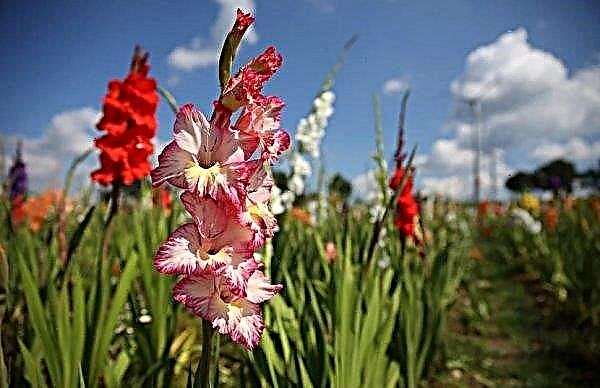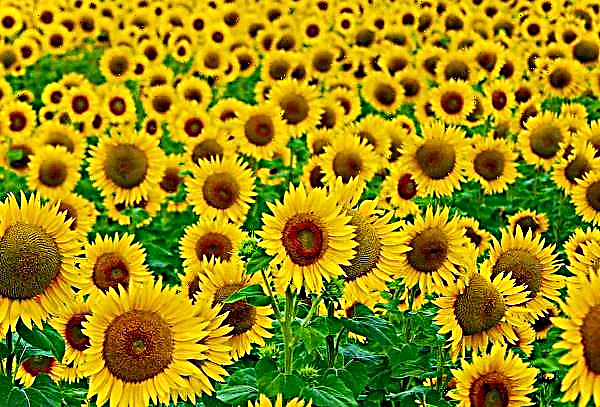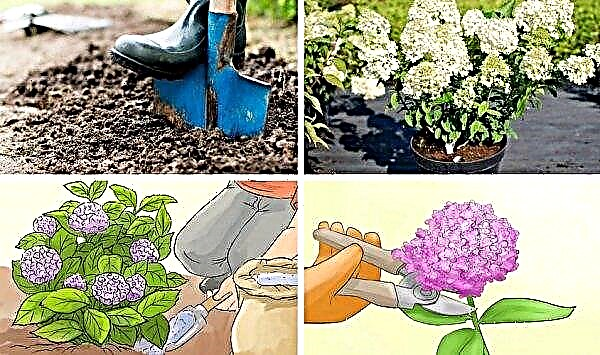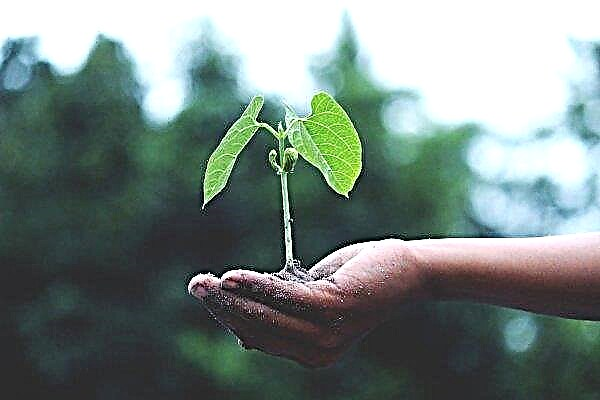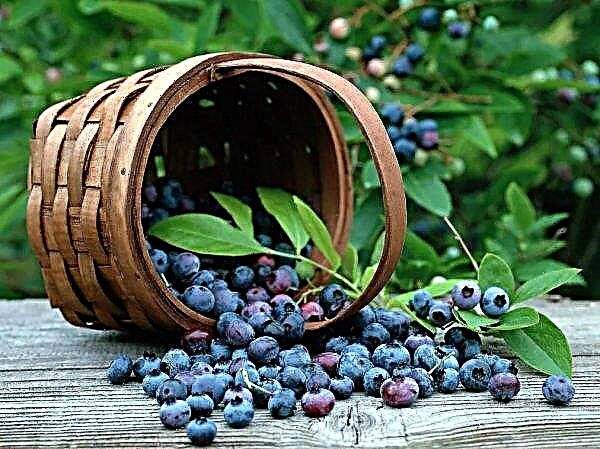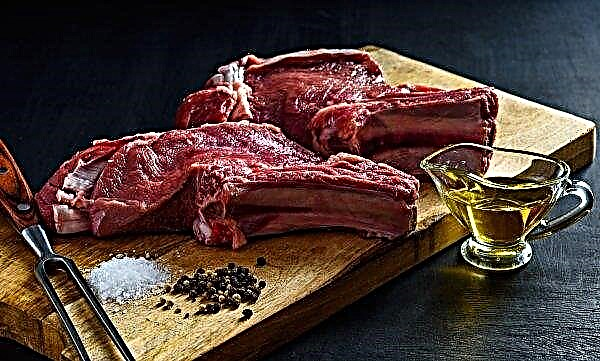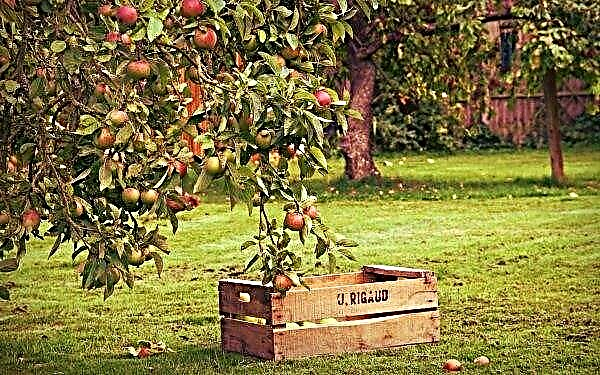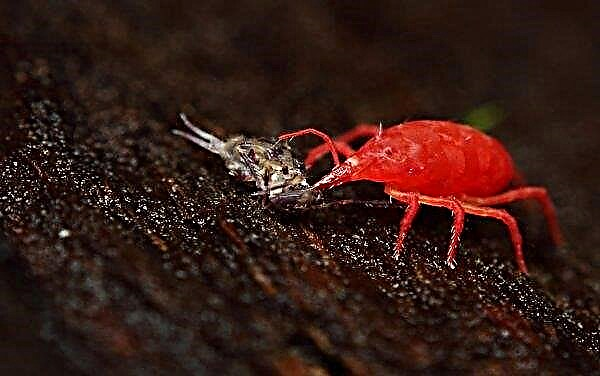Thuja cones have a lot of useful properties that have long been used in folk medicine. Prescriptions for medicinal potions in the form of ointments, decoctions, preserves and tinctures have been preserved until today and are actively used in the treatment of various diseases. Before using raw materials for the purpose of healing the body, it is worthwhile to consider in more detail its chemical composition, as well as methods of harvesting, and evaluate the possible harm.
Description of thuja cones
Thuja belongs to the evergreen monoecious plants of the Cypress family. Propagated by seeds that ripen in cones. On one specimen, both female and male cones grow immediately. The first are painted in a light green shade, oval in shape, localized at the ends of a shortened leafy shoot. The second are yellowish, sessile, located in the leaf sinuses. The immature cone of the thuja, when rubbed in the hands, exudes a strong characteristic aroma of needles, leaves oil marks.
Pollination occurs in April-May. Ripening lasts six months. Fully ready for breeding, the lump opens. The skin is lignified. Due to the opening, the fruit becomes like a wooden flower, inside it contains seeds with a thin film, which plays the role of wings and allows them to spread in the wind over long distances.

Chemical composition
The healing effect of thuja cones is due to their rich vitamin and mineral composition. The fetus contains a lot of chemical compounds with antibacterial, disinfectant, calming, wound healing and analgesic effects. A harmonious combination of essential oils, vitamins and minerals ensures their full assimilation by the body.
Important! Thujone is a hallucinogenic toxic substance. When ingested in large quantities into the body, it causes poisoning, impaired consciousness, therefore, before using thuja cones as a treatment, you should always consult your doctor and take into account the allowable dosage.
The composition of young thuja cones includes:
- vitamin A, C, E, group B;
- volatile;
- bioflavonoids;
- thujone;
- alcohol and hydrocarbon sesquiterpenes;
- aromodendrine;
- resins;
- tannins;
- essential oils;
- tropolones.

Healing properties
Young cones of thuja have a lot of positive qualities. First of all, this calming effect on nerve receptors, in whatever form the agent is used (inside or out). Aromatic extracts through the nasal passages penetrate into the brain centers and contribute to relaxation, and, accordingly, improve overall well-being, relieve tension and muscle cramps.
- The main benefits of the raw materials in question are as follows:
- tropolones inhibit the growth of cancer cells, which is an excellent cancer prevention;
- volatile and flavonoids stimulate the production of interferon, inhibit the growth of bacteria and infections, have a wound healing effect;
- vitamins and minerals provide restoration at the cellular level of all tissues of organs, significantly increase immunity;
- due to the diuretic effect, stagnant processes are eliminated;
- improves air circulation in the tissues;
- with problems with the respiratory tract provides an expectorant effect;
- due to effects on the nervous system, cramps are relieved and an analgesic effect is provided.
Application in traditional medicine
The scope of use of thuja fruit is very extensive. Their use is relevant in the following cases:
- arthrosis;
- festering wounds;
- warts;
- mononucleotic diseases provoked by different types of herpes;
- infections of the upper respiratory tract, throat, oral cavity (stomatitis, thrush and the like), ears (otitis media);
- bleeding gums;
- cardiovascular abnormalities;
- neurosis, post-stress syndrome;
- reduced immunity;
- urinary tract infections in men and women;
- problematic skin of the face;
- metabolic disease.

Collection and harvesting of cones and fruits
Traditional medicine involves the use of only young cones. The maximum number of useful elements accumulates in them in the period after pollination. Raw materials should be collected in late May - early June.
Important! Collection of cones for medicinal purposes can only be carried out in ecologically safe zones, remote from roads, factories. Otherwise, the fruits will be a source of toxins that they accumulate from the atmosphere.
The fruits are picked by hand. Then use as directed immediately or dry. In the second embodiment, the cones are placed on a flat surface in one layer on a tray covered with paper. Leave in a well-ventilated cool place. Protect raw materials from direct sunlight and periodically turn it over. At the end of drying, they are laid out in small glass dry containers.

Cooking methods
To reveal the fully useful property of cones will help proper preparation, implying special types of processing.
From thuja fruits you can make:
- jam;
- tincture of vodka;
- ointment;
- decoction.
Did you know? In the natural environment, thuja can develop and give bumps for 200 years.
Jam
This medicine is used in the treatment of ENT organs (tonsillitis, pharyngitis, tracheitis, etc.), upper respiratory tract (bronchitis), flu and colds.
Step-by-step cooking of cone jam:
- Wash 1 kg of fruit in warm water, carefully removing the resin.
- Pour the cones with 1 liter of cold water, add 500 g of sugar. Put on fire, boil.
- Cook, stirring occasionally for 1 hour.
- Remove from heat, strain through a colander. Throw the cones, and put the syrup on the fire and cook another 1 hour.
- Pour jam into jars and cover with lids.
- Keep refrigerated.
 Take this medicine for 1 tsp. three times a day, regardless of food intake, washed down with plenty of water. The course of treatment is 7-14 days
Take this medicine for 1 tsp. three times a day, regardless of food intake, washed down with plenty of water. The course of treatment is 7-14 days
You can also use jam as prophylactic during an epidemic of influenza or viral diseases. For this purpose, take 1 hour in the morning for 2-3 weeks.
In addition to the treatment and prevention of colds, can be an excellent raw material for anti-cellulite wraps. After a hot shower with a scrub, it is applied with patting movements to problem areas, and then wrapped with cling film. Stand for 20 minutes, then rinse with warm water and lubricate the skin with a nourishing cream.
This approach will help restore the elasticity of the dermis and get rid of the "orange peel". Multiplicity of application - 1 time per week. Before the first use, a sensitivity test should be carried out by applying a small amount of jam on the wrist. If after 30 minutes there is no redness and itching, you can apply.

Vodka tincture
Thuja infusion on vodka is also suitable for the treatment of colds. In addition, it is used for toothache and bleeding gums, stomatitis, post-stress syndrome, neurosis, arthritis.
Cooking Instructions:
- Wash fruits with warm water. Grind them in a blender.
- Post 5 tbsp. l., obtained gruel in a glass transparent container (jar or bottle), pour 500 ml of vodka and add 1 tbsp. honey. Mix well.
- Clean in a dark, cool place for 2 weeks. Shake the container periodically with the workpiece.
- After the specified period, strain the liquid. Throw cake.
- Store in a refrigerator in a glass container with a tight-fitting lid.
With a cold take 5 drops before meals three times a day. The course of treatment is 2 weeks. To restore the nervous system take 3 drops before meals three times a day, for a month.

If you have gum problems or toothache 1 cup of water is added to a glass of warm (+ 30 ° C) water. tinctures. The resulting composition is rinsed in the mouth in the morning for a month. If stomatitis and similar infections occur, then the rinsing rate per day can be increased up to 3 times. In this case, the course of treatment lasts exactly until the unpleasant symptoms are eliminated (on average about 2 weeks).
The composition is also suitable for disinfecting wounds.. It is applied to a cotton swab and the affected area is treated. With arthritis make lotions. To do this, add 2 tbsp. To a glass of water. Dip the gauze in the resulting composition and apply to the painful area for 10 minutes. It is advisable to carry out the procedure in the evening, before bedtime. The course of treatment is 1 week.
Did you know? Thuja wood was the most common raw material for making cabinets and chests for clothes. Thanks to tannins and aromatic substances, moth does not start in it.
Ointment
Ointments based on thuja cones are used to treat joints and for back pain. To prepare the product, take 0.5 kg of cones, wash them and grind in a blender. To the gruel add 2 tbsp. alcohol or vodka. The resulting composition is mixed with a tube of petroleum jelly. Store the product in glassware for no more than a month in the refrigerator.

Decoction
Useful thuja decoction will help with weakened immunity, colds, bronchitis. In addition, it can be used to restore the nervous system, wash hair in order to improve their structure, cystitis.
Cooking broth:
- Wash 0.5 kg of cones, pour 1 liter of boiling water.
- Boil for 10 minutes.
- Remove from heat. Insist 30 minutes and strain.
- Store no more than 3 days in the refrigerator.

For colds, inhalation can be done.. To do this, bend over a still hot broth and breathe in the vapor for 5 minutes. To enhance the effect, it is better to cover your head with a towel. Multiplicity of procedures - 3 times a day for 1 week. Also, the composition can be taken orally by 1 tbsp. 3 times a day before meals. The course of treatment is also 1 week. Similarly treated cystitis. Only with this disease, the ingestion of the fruit broth is extended to a month.
To restore the nervous system 0.5 l of hot broth is added to the bathtub. Manipulate 3 times a week for 10-15 days. To improve hair structure the same composition is used as a rinse after washing the hair 3 times a week for a month.
Contraindications and possible harm
It should be understood that the funds under consideration will not be equally useful to everyone, but dangerous for someone. Exceeding the dosage and too prolonged use can cause problems with the work of the gastric tract, allergic reactions in the form of urticaria, itching, intoxication.
- The use of drugs based on thuja cones is completely contraindicated:
- pregnant
- children under 12 years old;
- allergy sufferers who have a history of reactions to any plants;
- epileptics.
Asthmatics used with caution, only in the case when the cause of the disease is frequent viral infections of the upper respiratory tract, and in the absence of a history of reactions to plant components.

The national stock of knowledge passed down from generation to generation has brought to our time various recipes using thuja cones as a medicine for many diseases. If raw materials are used correctly, it is possible to significantly increase the body's resistance to infections, improve the state of the nervous system, and also restore the natural beauty and youth of the skin.

